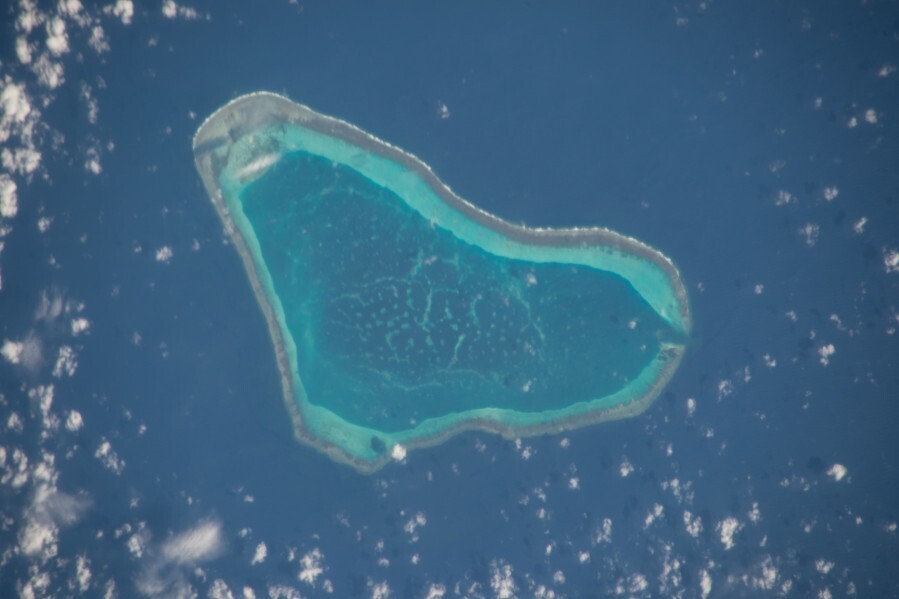Scarborough Shoal: Is China’s ‘nature reserve’ a military outpost in disguise?
China’s plans to establish a national nature reserve at Scarborough Shoal serves more than just the purpose of environmental protection. Lianhe Zaobao correspondent Yu Zeyuan notes that this strategy leverages environmental protection for strategic purposes, creating a crucial outpost that affects the US and the Philippines.
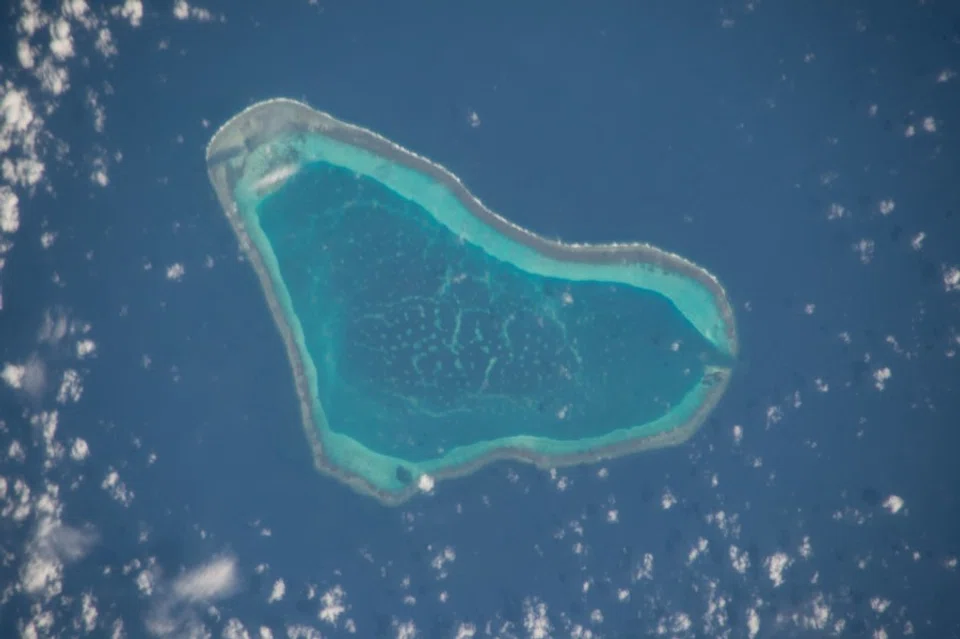
After more than a decade of tug-of-war between China and the Philippines for sovereignty over Scarborough Shoal (known in China as Huangyan Island) in the South China Sea, on 10 September, China’s State Council announced the creation of a national nature reserve on the island. Behind this environmental protection measure, however, China has also left room for potential development and construction on the shoal.
Gaining the upper hand
Scarborough Shoal is a large triangular atoll, with a perimeter of 55 kilometres and an area of 150 square kilometres. Within the atoll is a 130-square-kilometre lagoon, with the deepest waters reaching around 20 metres.
Geographically, Scarborough Shoal lies near critical maritime routes that link the South China Sea to the broader Indo-Pacific. The region handles roughly one-third of global trade and a significant portion of the world’s oil and gas shipments, giving the shoal considerable strategic importance. While the shoal itself does not control these sea lines of communication, its location enables China to project power in a highly trafficked and contested maritime space.
China claims that it was the first to discover Scarborough Shoal, incorporate it into the country’s territory, and exercise sovereignty over it. However, because Scarborough Shoal is only 230 kilometres from the Philippines’ Luzon island and just 345 kilometres from the Philippine capital Manila, the Philippines also claims sovereignty over it.
After 2012, however, China gained de facto control of the island, and sovereignty disputes and fisheries clashes between China and the Philippines steadily increased.

From the 1970s until 2012, China’s maritime power was not yet strong enough to fully control Scarborough Shoal and other reefs in the South China Sea. During that period, the Philippines held de facto control of Scarborough Shoal, blasting apart Chinese sovereignty markers and arresting Chinese fishermen. After 2012, however, China gained de facto control of the island, and sovereignty disputes and fisheries clashes between China and the Philippines steadily increased.
In mid-August this year, the Philippines dispatched multiple coast guard and government vessels to deliver supplies to fishing boats near Scarborough Shoal. Chinese coast guard ships and naval vessels intercepted and drove away the Philippine ships. During the standoff, Chinese vessels collided with one another, damaging a coast guard ship.
This incident made China realise that in facing the Philippines’ “swarm tactics” of fishing boats and fast patrol vessels, deploying massive vessels of thousands or even tens of thousands of tons not only resembled “using a cannon to shoot mosquitoes”, but also risked being regarded as “bullying the weak” by the international community.
Gradually building up facilities
In response, China has raised the banner of environmental protection, announcing the establishment of a new national nature reserve at Scarborough Shoal. While this reaffirms its sovereignty, by framing the move as protecting Scarborough Shoal’s natural environment, Chinese coast guard actions to expel Philippine fishing and government vessels near the island has gained a legal basis under domestic regulations, as well as the moral high ground.
The Chinese deliberately excluded the interior and western and southern parts of the Scarborough Shoal lagoon, as these areas have depths suitable for land reclamation projects.
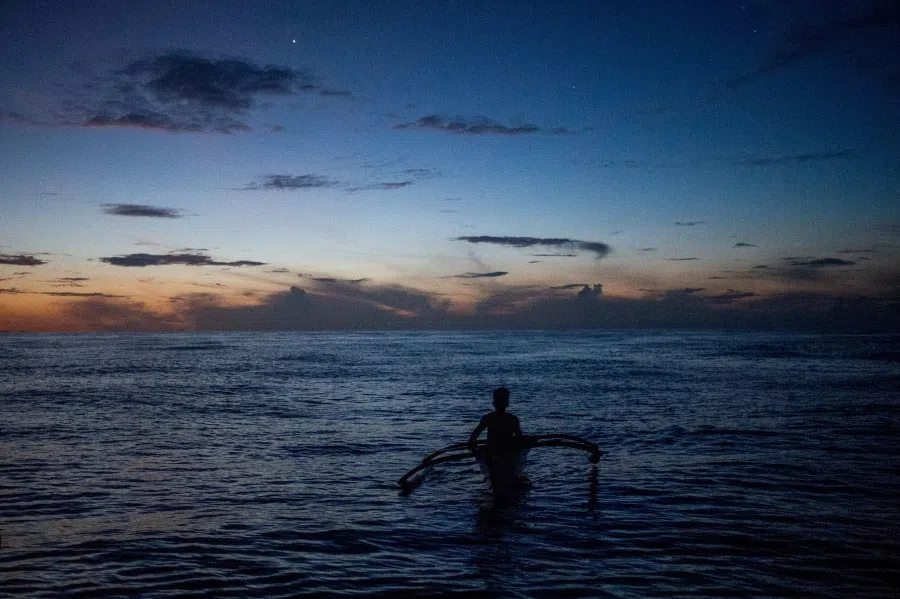
According to the announcement, the Scarborough Shoal nature reserve will cover 3,523.67 hectares, including a 1,242.55-hectare core zone and a 2,281.12-hectare experimental zone. The main focus is to protect the coral reef ecosystem. Under China’s Regulations on Nature Reserves, all human activity is prohibited in the core zone, the buffer zone allows only scientific observation, and limited tourism is permitted in the experimental zone. Essentially, China can set up floating barriers, monitoring buoys and other facilities around Scarborough Shoal, thereby strengthening its control of the surrounding waters.
In the appendix to the announcement, China specified that the protected area is concentrated in the northeastern half of the atoll, while the western and southern parts — especially the lagoon — are excluded. This leaves room for future plans, laying the groundwork for possible land reclamation and infrastructure construction at Scarborough Shoal.
The Chinese deliberately excluded the interior and western and southern parts of the Scarborough Shoal lagoon, as these areas have depths suitable for land reclamation projects. China has previously carried out large-scale land reclamation on some islands and reefs in the South China Sea, such as building an airport and port on Woody Island (Yongxing Island). The reserved areas in the Scarborough Shoal protected zone could be intended for similar operations.
According to the standards of China’s Sansha City Ecological Environment Monitoring Station, facilities such as marine environment monitoring radars, hydrometeorological stations, and a coastguard base could be constructed on Scarborough Shoal in the future. These facilities are of course not solely for environmental protection; they could also serve as part of military monitoring.
Forming a triangular air defence network
China also announced plans to improve the management institutions of the nature reserve, which implies that China would establish a Scarborough Shoal Nature Reserve Administration, set up departments for ecological monitoring, law enforcement patrols and scientific research and education, among other departments, and could station monitoring and enforcement personnel permanently on the shoal.
This would directly place the US military’s Typhon missile system launch sites under China’s surveillance range.
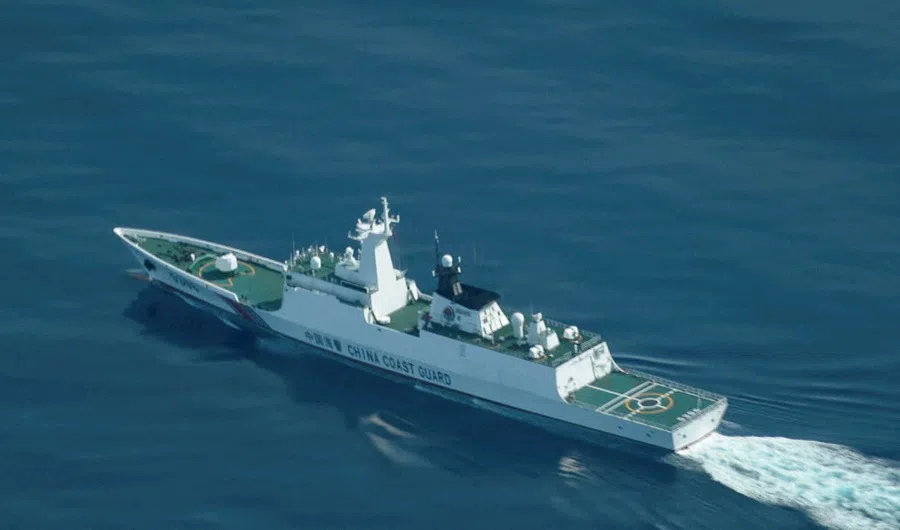
At the same time, the State Council called for the “improvement of maritime emergency rescue system” on Scarborough Shoal, providing a basis for deploying helicopter landing platforms, docks and other infrastructure on the island. According to China’s statement, establishing a comprehensive supply base in the name of “disaster prevention and rescue” does not violate the China-ASEAN maritime security cooperation framework; however, these bases could also be used to supply the Chinese navy’s ships.
Netizen “Yanchi Xia” (燕赤侠) pointed out on Toutiao that establishing the Scarborough Shoal Nature Reserve is a shrewd move that leverages “environmental protection as a platform for strategic purposes”, and is a dynamic manifestation of China’s approach to maritime governance. This strategic outpost — the closest one to Luzon — would form a triangular air defence network alongside Woody Island and Fiery Cross Reef after the deployment of the HQ-9B air defence system. This would directly place the US military’s Typhon missile system launch sites under China’s surveillance range.
The article also suggested that the cleverness of China’s plan lies in its timing, as it was announced after the Victory Day military parade, with China’s military display still fresh in the minds of the international community.
Protest from Philippines and US
China’s announcement of Scarborough Shoal as a national nature reserve, and hinting at its infrastructure development, would further strengthen China’s control over the shoal and its surrounding areas. This naturally provoked protests and opposition from the Philippines and the US, among other countries.
In the face of China’s growing military might, external protests and opposition are unlikely to change China’s deployments on Scarborough Shoal.
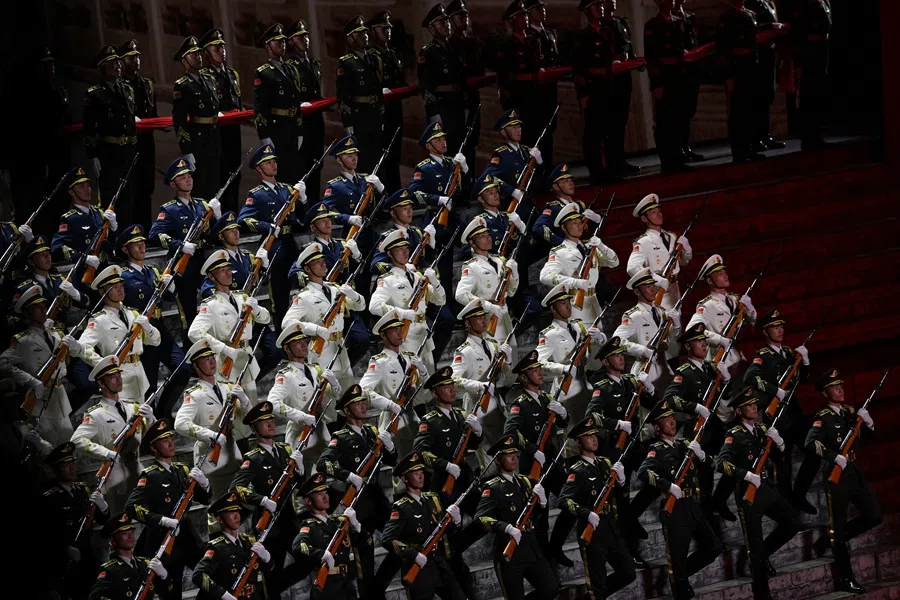
The Philippine Department of Foreign Affairs issued a statement on 11 September declaring China’s plan illegitimate and unlawful, and urged China to withdraw the plan.
Meanwhile, US Secretary of State Marco Rubio stated on 12 September that this was “yet another coercive attempt [by China] to advance sweeping territorial and maritime claims in the South China Sea at the expense of its neighbors”.
On 14 September, People’s Liberation Army Southern Theatre Command spokesperson Tian Junli accused the Philippines of frequently colluding with external forces to organise joint patrols, undermining regional peace and stability, and “solemnly warn the Philippine side to immediately stop provoking incidents and engaging in actions that heighten tensions in the South China Sea”. He added that seeking external support would prove futile.
In the face of China’s growing military might, external protests and opposition are unlikely to change China’s deployments on Scarborough Shoal.
This article was first published in Lianhe Zaobao as “中国在黄岩岛留有后手”.





